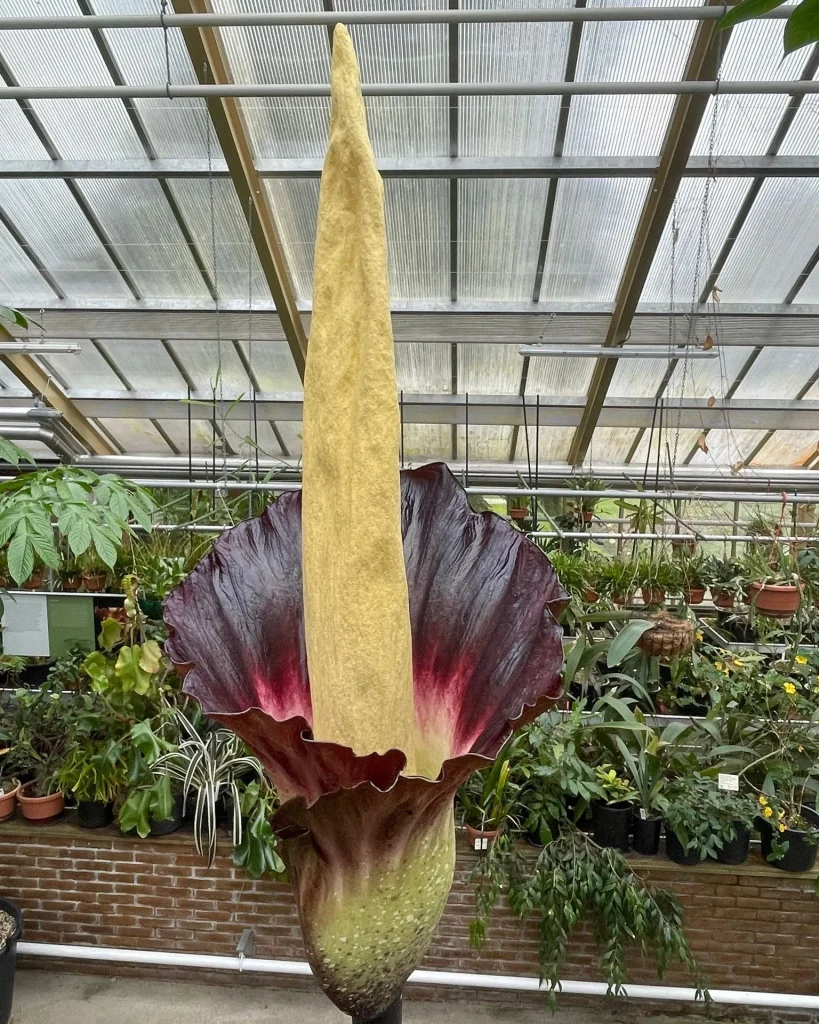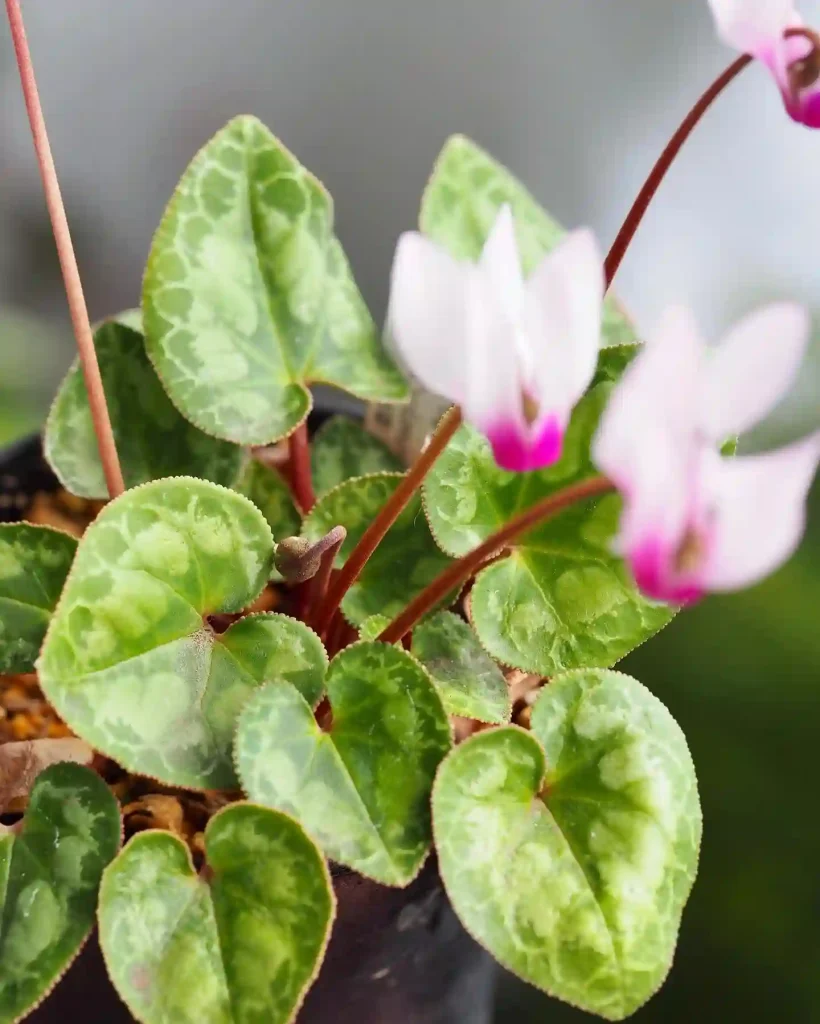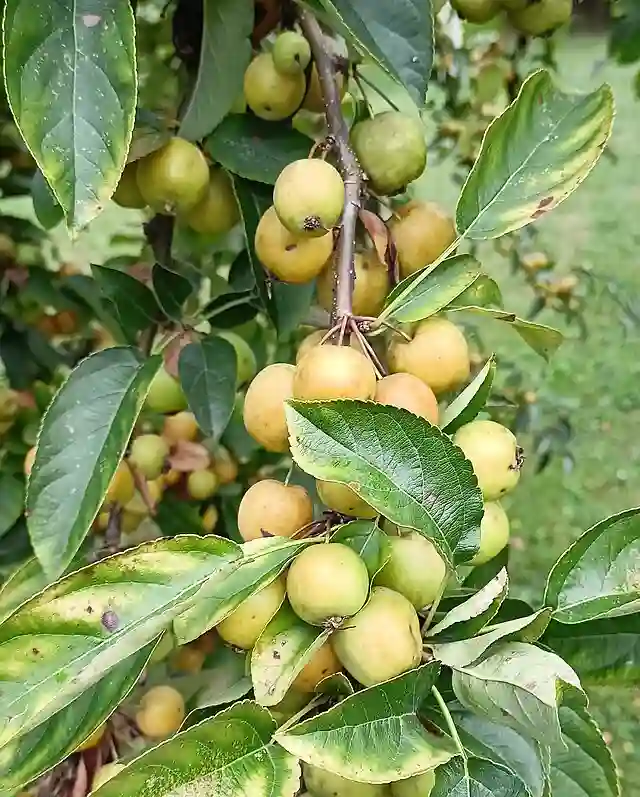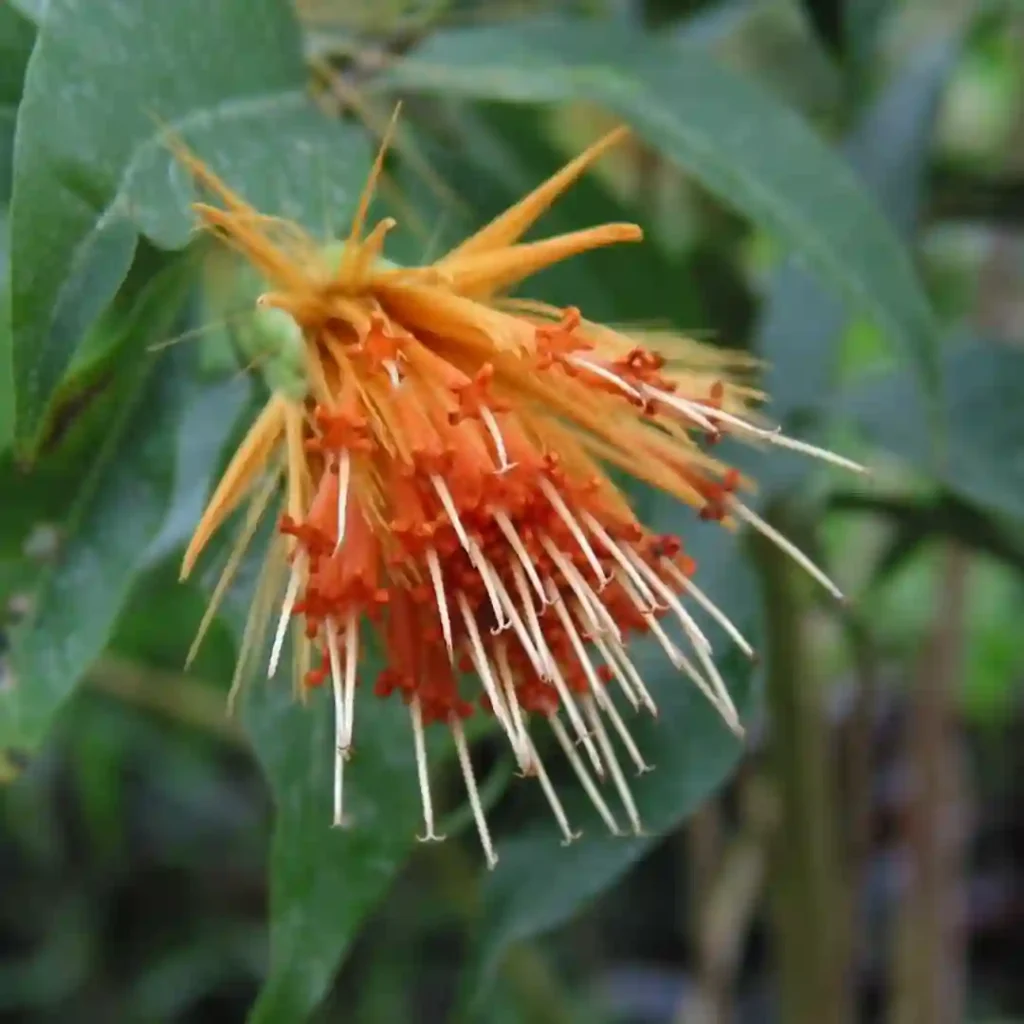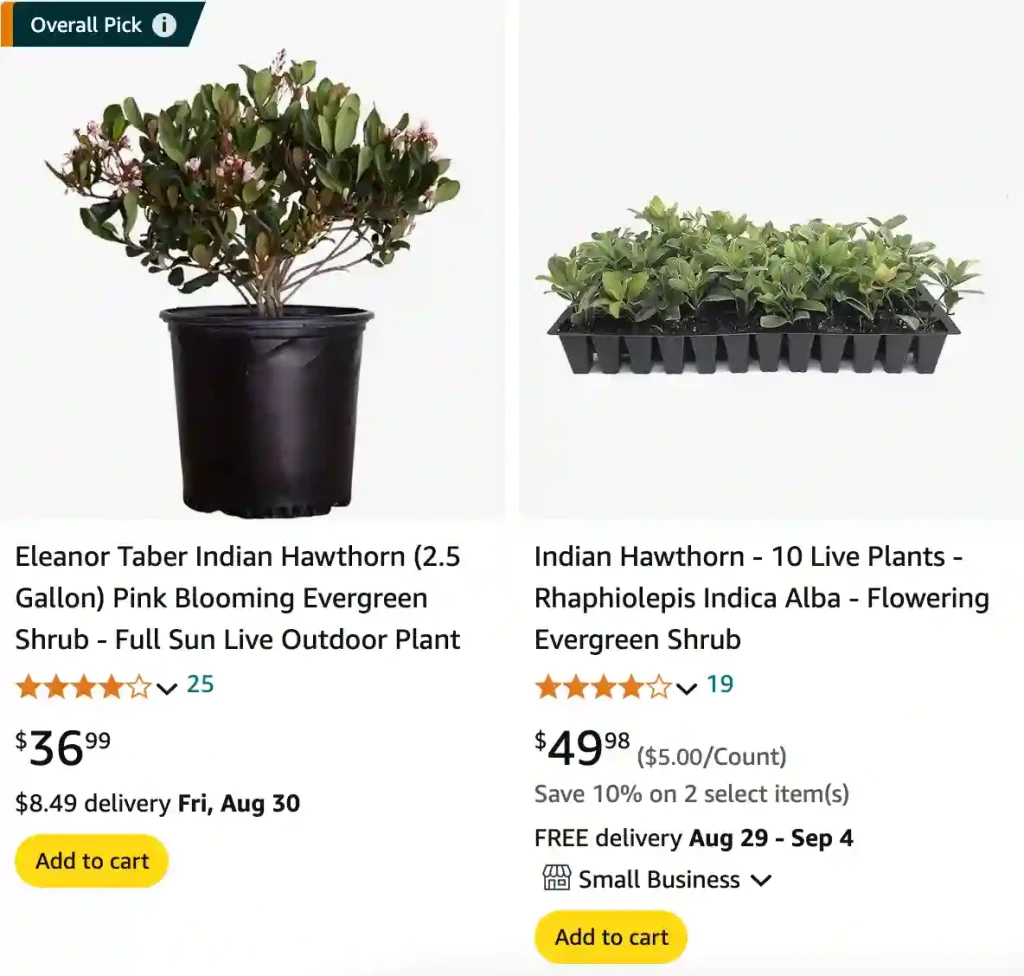
FAQs About Indian Hawthorn
Indian Hawthorn is a beloved plant in many gardens due to its evergreen nature and attractive blooms. If you’re considering adding this shrub to your landscape, you might have some questions about its care and characteristics. Here’s a comprehensive guide addressing common queries and comparing Indian Hawthorn with similar plants.
12 Species in Genus Rhaphiolepis
Is Indian Hawthorn Toxic to Dogs?
Indian Hawthorn is indeed toxic to dogs. The plant contains compounds that can cause gastrointestinal distress, lethargy, and, in severe cases, more serious health issues if ingested. If your dog has consumed any part of this plant, it’s best to contact your veterinarian promptly.
When Do Indian Hawthorns Bloom?
Indian Hawthorns typically bloom in spring. The flowering period can vary slightly depending on the climate and growing conditions, but you can generally expect to see their clusters of white or pink flowers from April to June. These blooms add a lovely splash of color to the landscape and are a highlight of the growing season.
Are Indian Hawthorn Berries Edible?
The berries of the Indian Hawthorn are not edible. They are generally considered toxic to humans and animals, leading to digestive issues if consumed. While they add visual interest to the plant, it’s best to avoid eating them.
When to Plant Indian Hawthorn in Texas?
In Texas, the best time to plant Indian Hawthorn is during the cooler months, from late fall to early spring. Planting during these times allows the shrub to establish its roots before the hotter summer temperatures arrive. Ensure the soil is well-drained and prepare the planting site adequately.
When to Prune Indian Hawthorn?
Pruning Indian Hawthorn should be done right after it blooms. This timing helps to shape the plant while avoiding interference with its flowering period. Pruning in late spring or early summer allows you to remove spent flowers and shape the shrub without compromising its growth.
Are Indian Hawthorn Deer Resistant?
Yes, Indian Hawthorn is considered deer resistant. Its tough, leathery leaves and dense growth make it less appealing to deer, which tend to avoid plants with such characteristics. This resistance makes Indian Hawthorn a good choice for gardens in areas with high deer populations.
Can I Cut Indian Hawthorn to the Ground?
Cutting Indian Hawthorn to the ground is not typically recommended unless the shrub is severely damaged or overgrown. A severe cutback can stress the plant and may result in less vigorous growth. It’s better to do selective pruning to maintain its shape and health.
Can Indian Hawthorn Grow in Shade?
Indian Hawthorn prefers full sun to partial shade. While it can tolerate some shade, it thrives best with at least six hours of direct sunlight each day. In too much shade, it may become leggy and less likely to flower profusely.
Does Indian Hawthorn Attract Bees?
Yes, Indian Hawthorn does attract bees. The flowers produce nectar that is appealing to pollinators. This makes it a beneficial addition to a garden if you want to support local bee populations and promote pollination in your landscape.
Does Indian Hawthorn Need Full Sun?
Indian Hawthorn does best in full sun. It requires a minimum of six hours of direct sunlight each day to grow vigorously and produce its characteristic blooms. While it can tolerate partial shade, full sun ensures the healthiest growth and most vibrant flowering.
How Big Does Indian Hawthorn Get?
Indian Hawthorn typically grows to about 3 to 6 feet in height and width, depending on the variety and growing conditions. Some dwarf varieties remain smaller, making them suitable for smaller spaces or as low hedges.
How Far Apart to Plant Indian Hawthorn?
When planting Indian Hawthorn, space the shrubs about 3 to 4 feet apart. This spacing allows them to grow without overcrowding, ensuring adequate air circulation and reducing the risk of disease.
How to Fertilize Indian Hawthorn?
Fertilize Indian Hawthorn in early spring with a balanced, slow-release fertilizer. Follow the manufacturer’s instructions for the correct amount. Avoid over-fertilizing, as this can lead to excessive foliage growth at the expense of flowers.
Indian Hawthorn vs Boxwood
Indian Hawthorn and Boxwood are both popular choices for hedges and landscaping. However, Indian Hawthorn has a more vibrant bloom and evergreen foliage, while Boxwood is known for its dense, evergreen foliage and formal appearance. Indian Hawthorn can tolerate more sun and has a slightly larger growth habit compared to Boxwood.
Indian Hawthorn vs Azalea
Indian Hawthorn and Azalea differ primarily in their blooming periods and foliage. Indian Hawthorn blooms in spring with white or pink flowers and has a more rigid growth habit. Azaleas, on the other hand, have a wider range of flower colors and typically bloom in early spring. Azaleas also prefer more acidic soil compared to the more adaptable Indian Hawthorn.
Indian Hawthorn vs Yedda
Indian Hawthorn and Yedda (also known as Yedda Hawthorn) are similar but distinct. Yedda Hawthorn tends to have a more compact growth habit and slightly different foliage. Both are evergreen and offer attractive flowers, but the Yedda variety is often used for smaller spaces due to its reduced size.
How to Care for Indian Hawthorn?
Caring for Indian Hawthorn involves regular watering, especially during dry periods, and occasional pruning to maintain shape and remove dead or damaged branches. Ensure the plant is located in well-drained soil and receives adequate sunlight. Fertilize annually in early spring to support healthy growth and blooming.
What to Plant with Indian Hawthorn?
Consider pairing Indian Hawthorn with other drought-tolerant plants such as lavender, ornamental grasses, or low-growing perennials. These combinations complement its growth habits and provide a varied and attractive landscape.
Common Problems
Indian Hawthorn can face issues such as leaf spot diseases and powdery mildew, particularly in humid conditions. Regular monitoring and proper spacing can help reduce these problems. Ensure good air circulation around the plant and avoid overhead watering to minimize disease risks.
By addressing these frequently asked questions and understanding the characteristics of Indian Hawthorn, you can make informed decisions about incorporating this plant into your garden. Its resilience, attractive blooms, and evergreen foliage make it a valuable addition to many landscapes.
If i die, water my plants!
